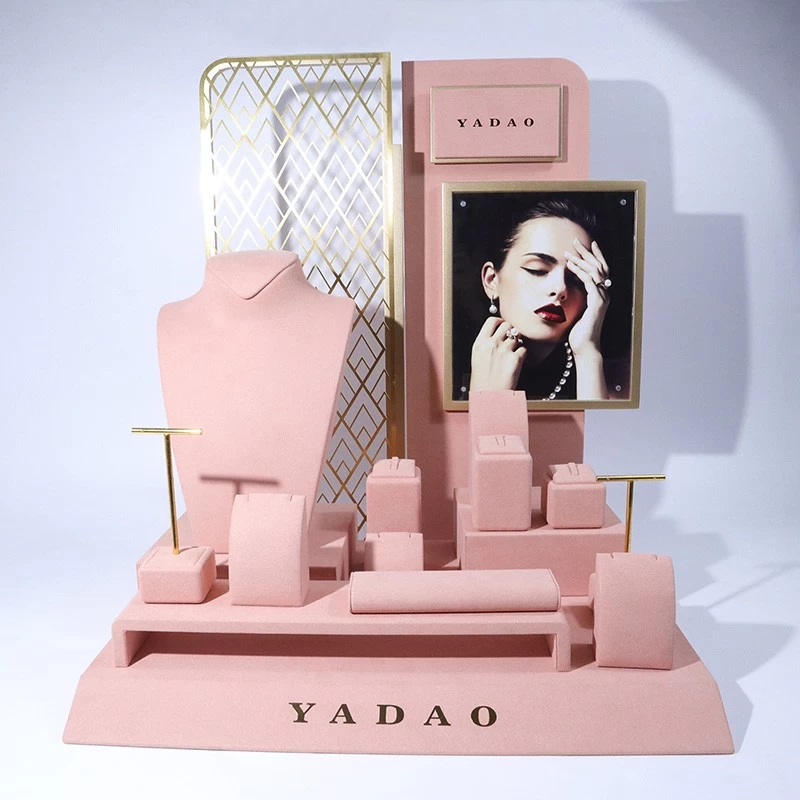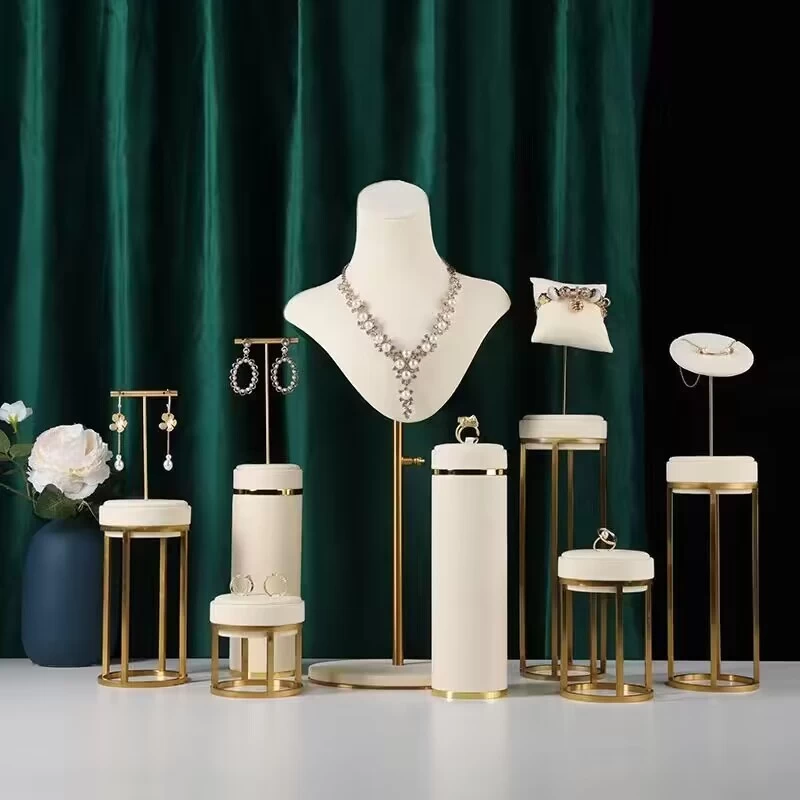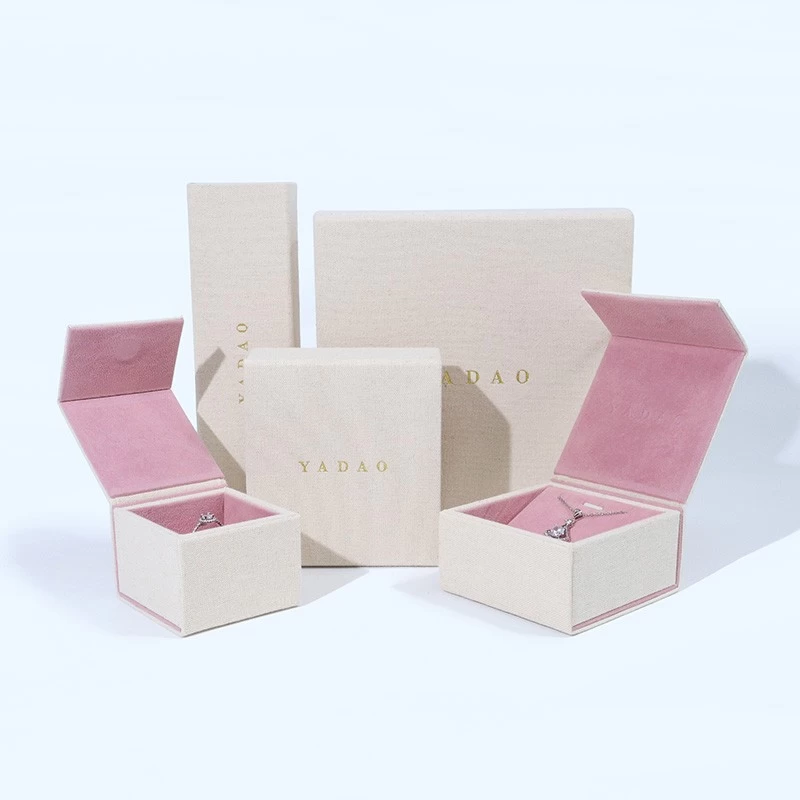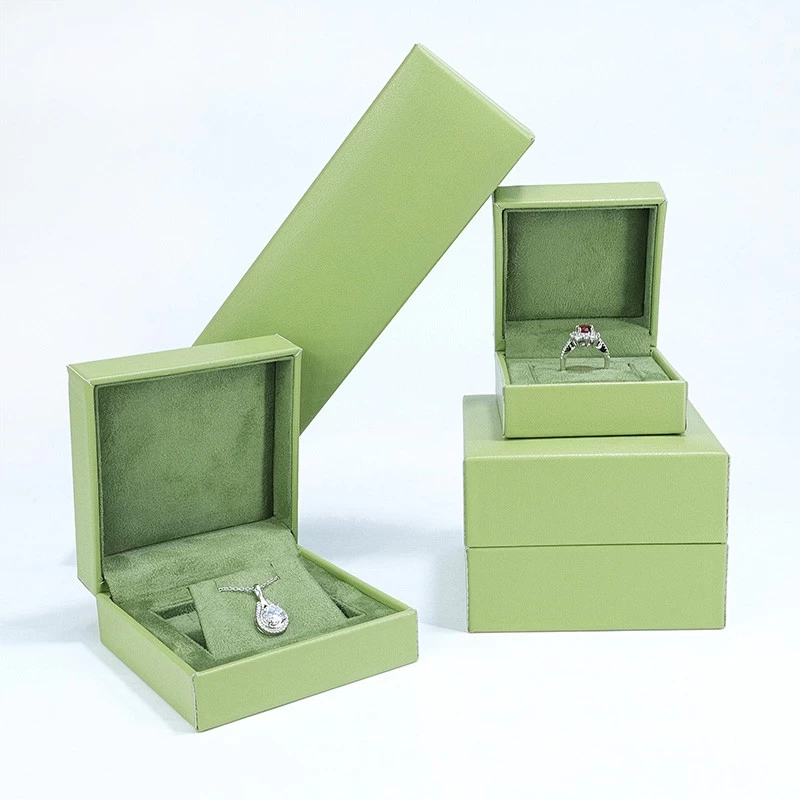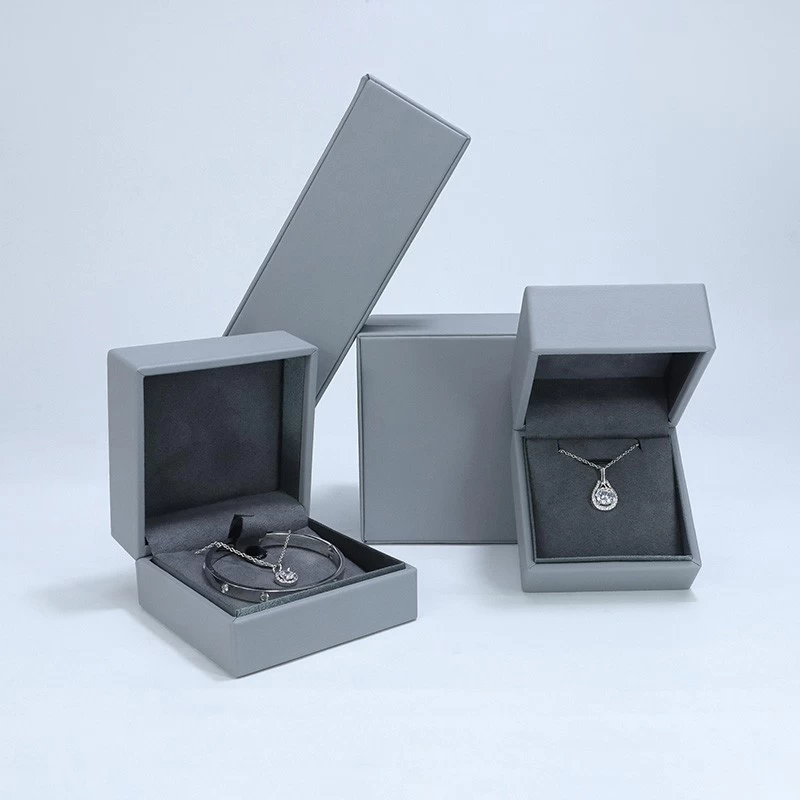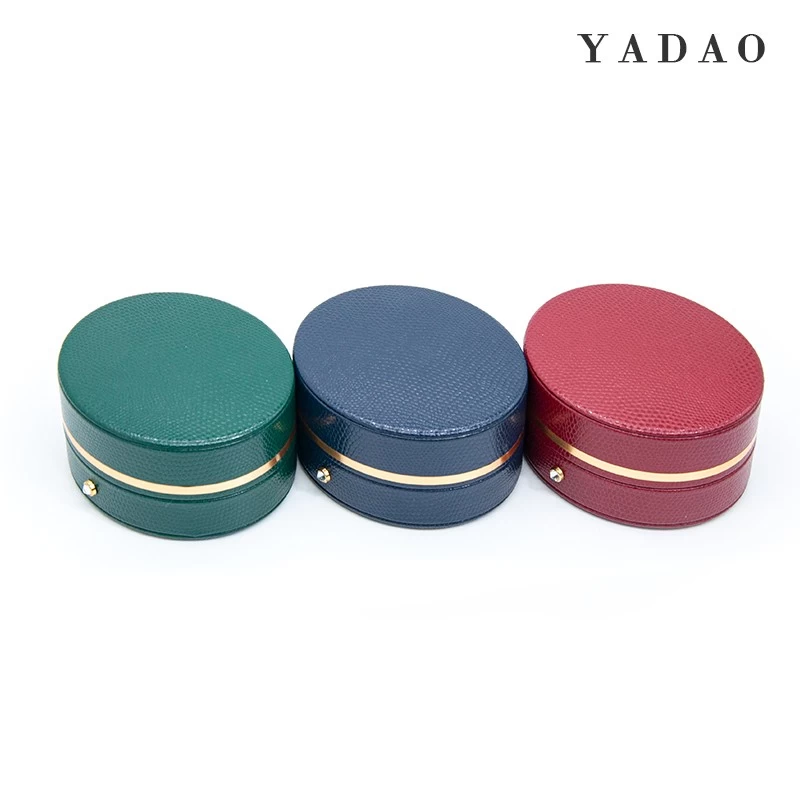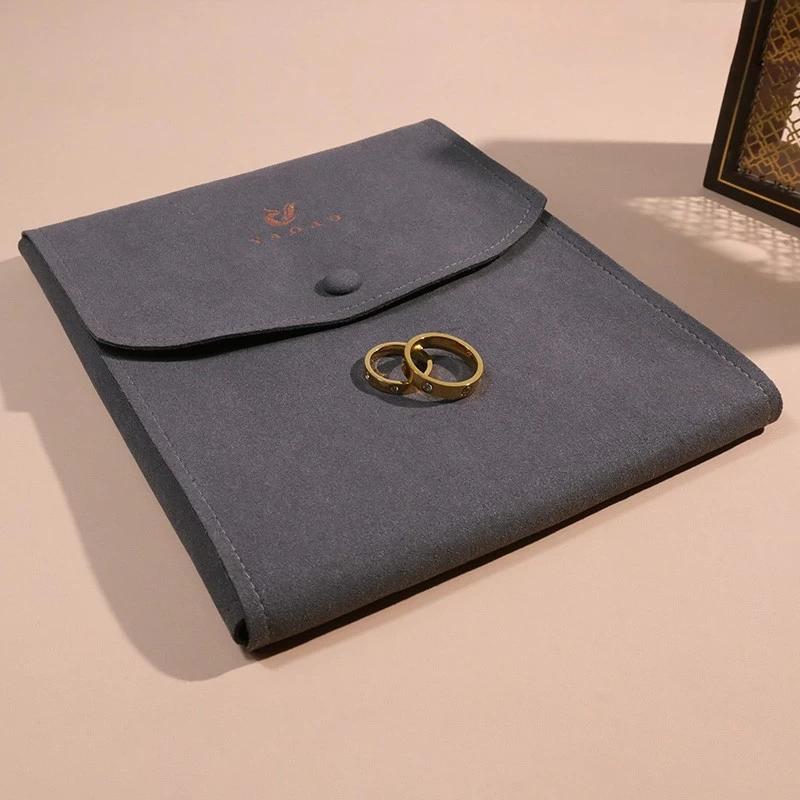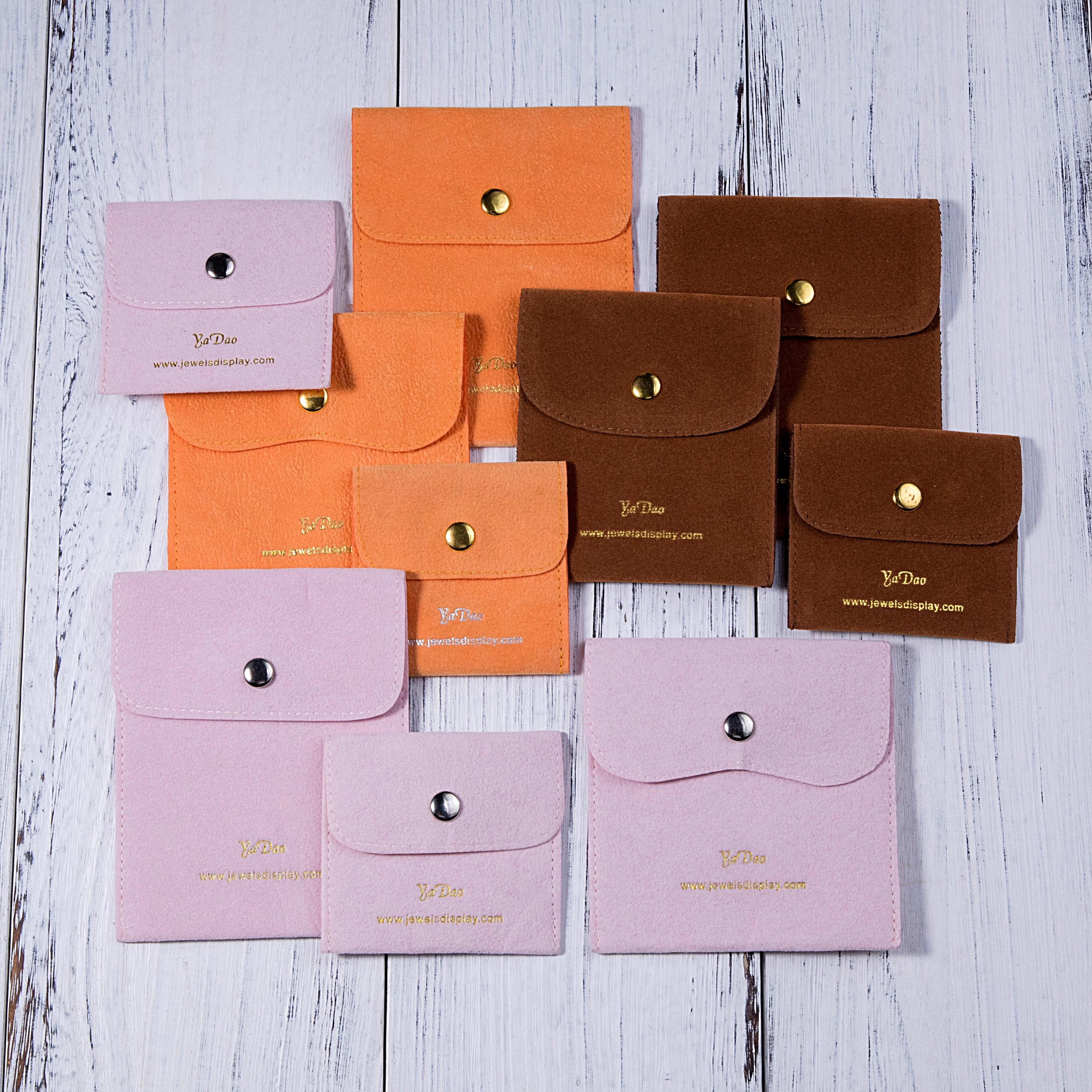Comparing Sustainability Practices in Western and Eastern Jewelry Packaging
The sustainability practices in jewelry packaging vary significantly between Western and Eastern traditions, reflecting cultural values and environmental priorities.
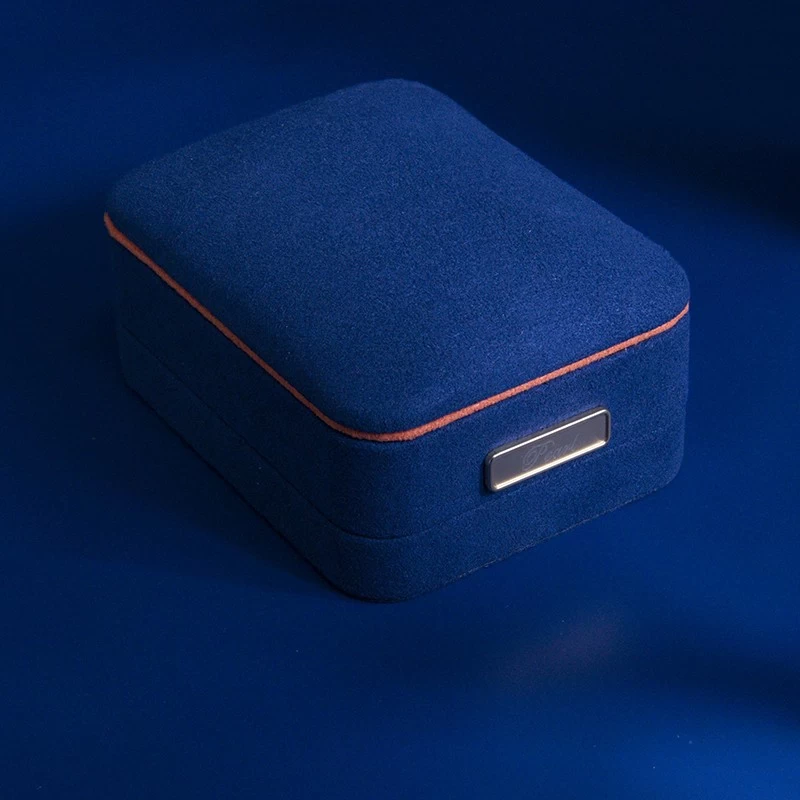
In Western jewelry packaging, there is a growing emphasis on eco-friendly materials and practices. Recyclable materials such as cardboard, paperboard, and biodegradable plastics are commonly used. These materials are chosen for their minimal environmental impact, aiming to reduce waste and promote recycling. Additionally, Western designs often prioritize sleek and minimalist aesthetics that align with contemporary trends in sustainable luxury.
Conversely, Eastern jewelry packaging frequently embraces traditional materials rich in cultural significance. Silk, wood, and bamboo are favored for their durability, elegance, and connection to heritage. While these materials may not always align with Western standards of recyclability, they reflect a reverence for craftsmanship and sustainability within the context of local traditions.
Both Western and Eastern approaches share a commitment to balancing aesthetic appeal with responsible sourcing. Western practices focus on technological innovation and material science to create sustainable alternatives, whereas Eastern practices often emphasize timeless craftsmanship and natural materials.
Ultimately, the convergence of these approaches highlights a global shift towards sustainability in luxury goods. Whether through modern recyclable materials or traditional craftsmanship, the aim is to minimize environmental impact while preserving cultural integrity. As consumer awareness grows, so too does the importance of ethical and sustainable practices in shaping the future of jewelry packaging worldwide.




